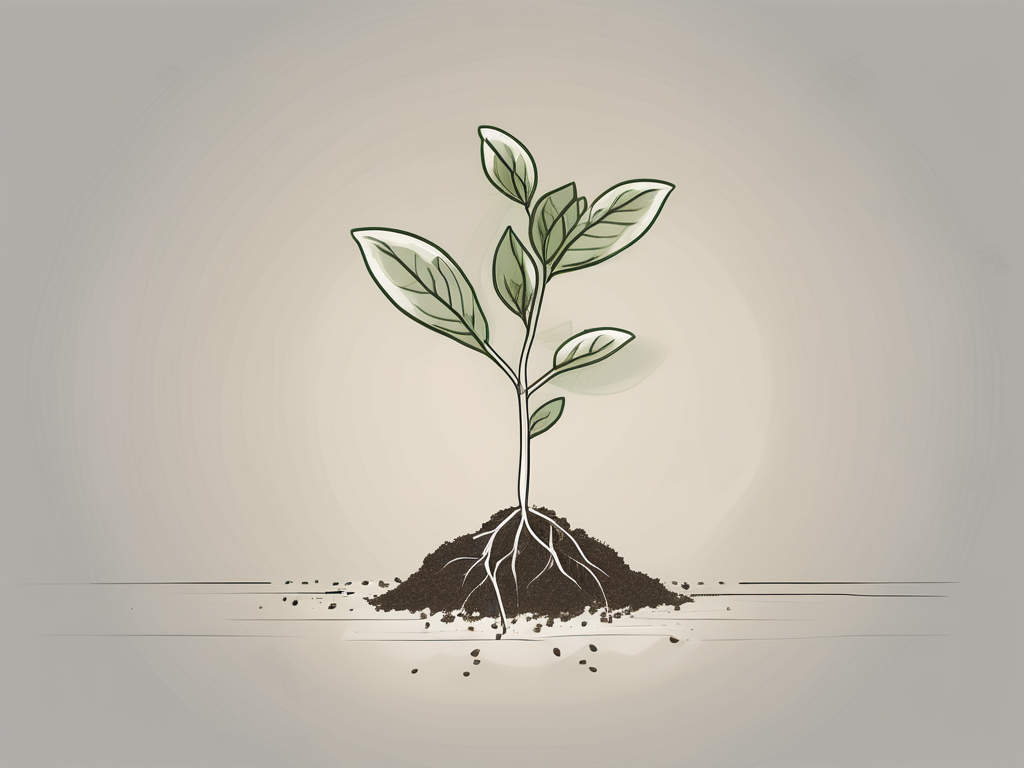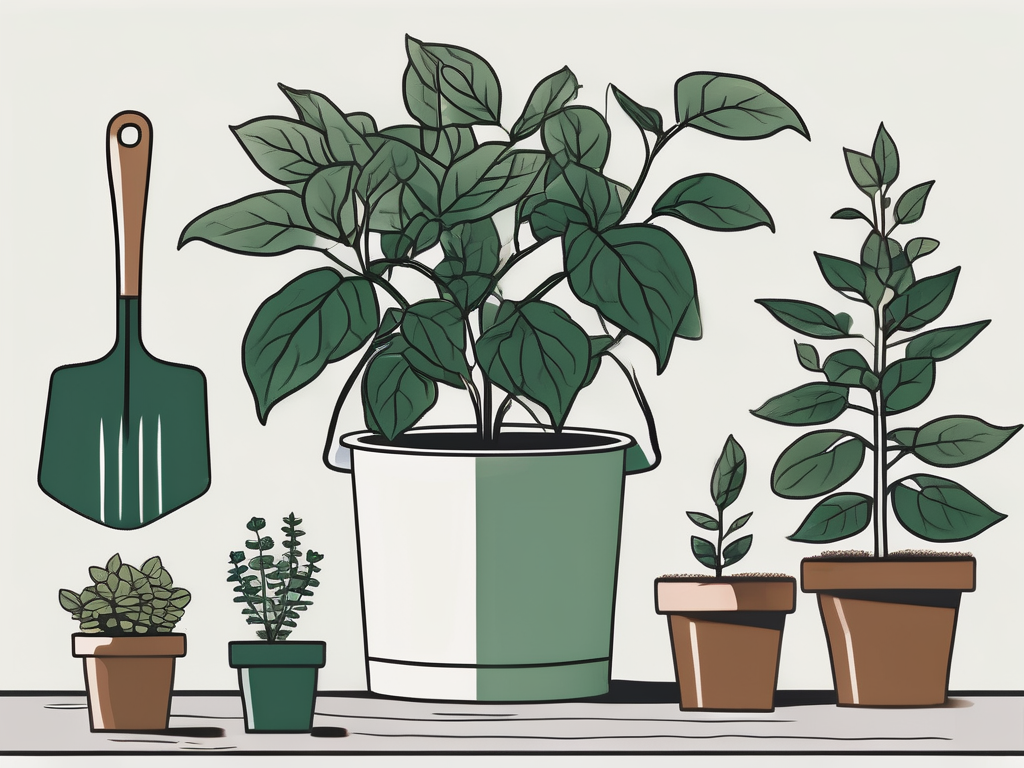
Have you ever found yourself gazing at your Dorotheanthus, also known as the Livingstone Daisy, and thought, "Wouldn't it be great to have more of these vibrant little gems around the house?" You're in luck! Propagating Dorotheanthus is a fun and rewarding way to multiply these colorful beauties, and it’s easier than you might think.
This guide will walk you through the simple steps of propagation, offering practical tips and relatable examples to help you along the way. Whether you're a seasoned plant parent or just starting your green journey, this tutorial will have you feeling confident in no time.
Understanding Dorotheanthus Basics
Before diving into propagation, it helps to understand a bit about Dorotheanthus itself. These plants are known for their vibrant, daisy-like flowers that come in a variety of colors, including red, orange, yellow, pink, and white. Native to South Africa, they love sunny spots and well-drained soil, making them perfect for bright windowsills or patios.
The leaves of Dorotheanthus are fleshy and often covered with tiny, reflective cells that give them a shimmering appearance. This unique trait not only makes them attractive but also helps them retain moisture, which is crucial for their survival in arid environments. By understanding these characteristics, you'll be better equipped to provide the ideal conditions for propagation.
Choosing the Right Time for Propagation
Timing can be everything when it comes to plant propagation. For Dorotheanthus, the best time to propagate is during the growing season, typically in late spring or early summer. During these months, the plant is actively growing, which means it’s more likely to take root and thrive.
However, if you live in a warm climate where Dorotheanthus grows year-round, you might find success propagating at other times as well. Just ensure your plant is healthy and robust, as a weak or stressed plant may struggle to develop roots. So, keep an eye on your plant’s health and choose a time when it’s showing strong growth.
Gathering Your Tools
Propagating Dorotheanthus doesn't require a lot of fancy equipment, but having the right tools on hand will make the process smoother. Here’s what you’ll need:
- Sharp scissors or pruning shears: These are essential for taking clean cuttings without damaging the plant.
- Small pots or trays: You'll need these to plant your cuttings. Make sure they have drainage holes to prevent waterlogging.
- Well-draining potting mix: A cactus or succulent mix works well, or you can make your own by mixing regular potting soil with sand or perlite.
- Rooting hormone (optional): This can help speed up the rooting process, but it’s not strictly necessary.
- Watering can or spray bottle: To keep your cuttings hydrated without overwatering.
Once you've gathered your tools, you're ready to start the propagation process. Remember, a little preparation goes a long way in ensuring success.
Taking Cuttings from Your Dorotheanthus
Now that you have your tools ready, it's time to take cuttings from your Dorotheanthus. This step is crucial because the quality of the cuttings will directly affect the success of your propagation efforts. Here’s how to do it:
- Choose a healthy parent plant: Look for a plant that is vibrant and free from pests or disease. This will give your cuttings the best chance of thriving.
- Select the right stems: Choose stems that are firm and not flowering. A length of about 4-6 inches is ideal.
- Make a clean cut: Use your sharp scissors or pruning shears to make a clean cut just below a leaf node. This is where new roots will develop.
After you've taken your cuttings, remove the leaves from the lower half of each stem. This reduces the risk of rot and encourages root growth. If you're using rooting hormone, dip the cut end into the powder before planting.
Planting Your Cuttings
With your cuttings prepared, it's time to get them into soil. Here’s a step-by-step guide to planting Dorotheanthus cuttings:
- Fill your pots or trays: Use your well-draining potting mix to fill the containers, leaving a little space at the top for watering.
- Make holes for your cuttings: Use a pencil or your finger to make small holes in the soil, deep enough to hold the cuttings upright.
- Insert the cuttings: Place each cutting into a hole and gently press the soil around it to secure. Make sure the leaf nodes are below the soil surface.
- Water lightly: Use your watering can or spray bottle to lightly moisten the soil. Avoid overwatering, as this can lead to rot.
After planting, place your cuttings in a warm, bright spot with indirect sunlight. Direct sunlight can be too harsh at this stage, so ensure they’re protected from it.
Caring for Your Cuttings
Once your cuttings are planted, the next step is to care for them as they develop roots. This phase requires patience, but with the right care, you'll soon see new growth. Here’s what to do:
- Keep the soil moist: Check the soil regularly and water lightly when it starts to dry out. Remember, too much water can be harmful.
- Maintain humidity: If your home is particularly dry, consider covering the pots with a clear plastic bag to create a mini greenhouse effect.
- Monitor for growth: After a few weeks, gently tug on the cuttings to see if they resist. Resistance is a good sign that roots are forming.
As the cuttings develop, you’ll notice new leaves beginning to sprout. This is a sure sign that your propagation efforts have been successful!
Transplanting Your New Plants
Once your cuttings have established roots and started to grow, it’s time to transplant them into larger pots or their permanent location. Here’s how:
- Select a suitable pot: Choose a pot that’s slightly larger than the current one, with good drainage.
- Prepare fresh soil: Use the same well-draining mix as before, filling the new pot about halfway.
- Gently remove the cutting: Carefully lift the cutting from its current pot, being mindful not to damage the roots.
- Replant and water: Place the cutting in the new pot, fill with soil, and water lightly to settle the plant.
After transplanting, place the new plants in a sunny spot and continue with regular care. Soon enough, they’ll be blooming with the same vibrant colors you fell in love with.
Handling Common Issues
Even with the best care, you might encounter some issues while propagating Dorotheanthus. Here are a few common problems and how to address them:
- Wilting cuttings: This can happen if the cuttings aren’t getting enough moisture. Check the soil and increase watering slightly.
- Yellowing leaves: This might indicate overwatering. Allow the soil to dry out slightly before watering again.
- Slow root growth: If roots aren’t developing, check your environmental conditions. Ensure there’s enough light and warmth for growth.
By keeping a close eye on your cuttings and adjusting care as needed, you can overcome these hurdles and successfully propagate your plants.
Enjoying Your New Dorotheanthus
With your new plants thriving, it’s time to enjoy them! Here are a few ways to incorporate Dorotheanthus into your home decor:
- Create a color splash: Group several Dorotheanthus plants together for a vibrant display of colors.
- Mix with succulents: Their similar care needs make them great companions in an arrangement.
- Brighten a windowsill: Place them in a sunny spot where their colors can brighten up the room.
These versatile plants can bring a touch of joy and color to any space, making them a wonderful addition to your plant collection.
Final Thoughts
Propagating Dorotheanthus can be a delightful experience, resulting in more plants to enjoy or share with friends. By following the steps outlined here, you'll be well on your way to growing your collection of these cheerful little daisies.
At Cafe Planta, we're passionate about helping you care for your plants. Whether you're looking for new additions to your plant family or need advice, we're here to support you. Feel free to reach out to us via email or on our Instagram. Let’s grow together and enjoy the beauty of plants in our lives.












